by Tamara Scully
Deciding when to cull a dairy cow from the herd is often based on production, reproduction or health issues. The primary job of the dairy cow is to produce milk. Its secondary job is to join the beef supply chain. When and how dairy cows leave the farm and journey to the packing plant often involves issues revolving around animal welfare.
About one-third of all dairy animals in the U.S. are culled annually, and approximately 75% of these culls have deviated from “normal” in some manner, Lily Edwards, Ph.D., livestock behavior and animal welfare specialist with Colorado State University, said in a recent Dairy Cattle Welfare Council webinar. Dr. Edwards has focused on packing house welfare during her career.
“Ensuring cow welfare through the entire journey that she takes when she leaves the farm to enter the beef supply chain” is the goal, she said.
Euthanize or Cull?
Cows which enter the meat supply chain due to culling may not be in the best health. On-farm decision making as to whether to treat, euthanize or cull an animal can have consequences which reach all the way down the supply chain. Sometimes, decisions are made on the farm without an understanding of the complexity of the journey to the packing plant, and cow welfare is compromised.
The decision to treat a compromised cow, with the intent of its returning to the herd or to determine if it’s marketable or if it’s in the cow’s best interest to euthanize it on-farm, can be a complicated one. If a cow is treated, but the treatment isn’t working, the withdrawal period for medications applies only if the cow is going into the meat supply chain. The cow can be euthanized without a withdrawal period, although some farmers don’t realize this, Edwards explained.
It gets complicated when human caretakers – who may be attached to the cow, feel as if they failed a cow that may best be euthanized or who don’t want to have to euthanize the animal themselves – opt to either treat a cow that should be euthanized or market a cow that cannot withstand the journey to the packing plant, compromising cow welfare.
Having clear written protocols on the farm for treatment, euthanasia or marketing decisions, along with employee training, is a best practice to ensure decisions are made that don’t sacrifice cow welfare.
There are also more incentives than disincentives to sell a cull dairy cow into the meat supply chain. The cost of euthanasia and the issue of carcass disposal are factors that sway farmers to sell the compromised cow. Packing plants can make a small profit margin even on a lean cow, although compromised animals produce carcasses with inspection concerns, and the quality is not high.
“Not all cull cows are created equally,” Edwards said, and whether a cull cow is sold into the market is a decision that needs to be made individually, based on each cow’s welfare situation.
Supply Chain Journey
While 92% of all dairy farmers sell animals to auctions or livestock markets, they often don’t realize that the journey to the livestock market is only a first step. These cows will be changing hands, and will be transported from the auction to the packing plant, often a multiple-day journey, with many stops along the way. About 30% of cows sold at livestock markets have at least one condition that could affect their fitness to transport.
During transport, animals cannot lie down. They often go without food or water for long periods of time. And they are not milked. Even healthy cows can be uncomfortable; compromised cows may suffer. During the journey, cows can become increasingly unresponsive, become mobility compromised, suffer wounds and have milk leakage. Udder edema and loss of body condition score can occur. When a cow is compromised to begin with, existing health issues are exacerbated and new ones emerge.
In the U.S., there are no federal regulations outlining the animal welfare status required during transport or delineating when cows are not suited for transport. Instead, third party auditors have their own standards. The National Cattlemen’s Beef Association released new guidelines in 2017 to enhance animal welfare during transport. On the packing plant end of the supply chain, the North American Meat Institute provides third party audits and guidelines on welfare to the majority of the packing plants in the U.S.
Truck drivers, who typically do not take ownership of the animals, are responsible for animal welfare during transit. Often, drivers allow an animal they feel may not be well suited to the journey because they feel it’s the best option for the animal at the moment – or the cow in question seems fit for transport at the start of the journey, but rapidly declines due to compromised health. Not every meatpacking plant accepts cull animals, leading to long transportation times.
“There’s a lot of different stockholders within the supply chain,” Edwards said, and many steps from farm to packing plant. “Make sure the animals that are going through that are ones that can make the journey.”
At the Plant
According to National Beef Quality Assurance program data, 9% of cull dairy cows are very thin when they arrive at the packing plant. Forty-three percent have some defect, such as a swollen joints or foot issues, and 23% are mobility challenged. About 9% have severe issues with welfare.
While only a small percentage of cows received per year at U.S. packing plants are condemned, the rate is significantly higher in cull dairy cows than in heifers and steers.
Compromised animals pose difficulties at the plant. Some animals may need to be euthanized upon arrival and not enter the supply chain. Other animals have bruised carcasses that require increased time and labor to handle, and result in a significant increase in trim, with an average loss of seven pounds of meat.
Aside from the economic concerns, the animal’s welfare prior to slaughter must have been compromised to yield carcasses with bruising, very low weight or disease concerns.
If farmers realized the condition that compromised cows are often in upon arrival at the packing plant, they would not be proud that the cow came from their farm. It is a lack of understanding of the complexities and conditions of the transport journey, or a lack of available alternatives, that can lead supply chain stakeholders to continue to place compromised cull dairy cows into the meat supply chain.
“I think awareness is huge. There tends to be this inertia about making progress in this space,” Edwards said.
Compromised cows continue to move through the supply chain, despite concerns at every step that these animals are not in shape to undertake the journey from farm to packing plant.
“They’re still moving through the marketing chain. They’re still being purchased. They’re still being sold. The opportunity is for everyone to come together and make some decisions about how we can make this better,” Edwards said. “Every step of the way can be improved. Every part of that supply chain is impacted by cow welfare during marketing.”

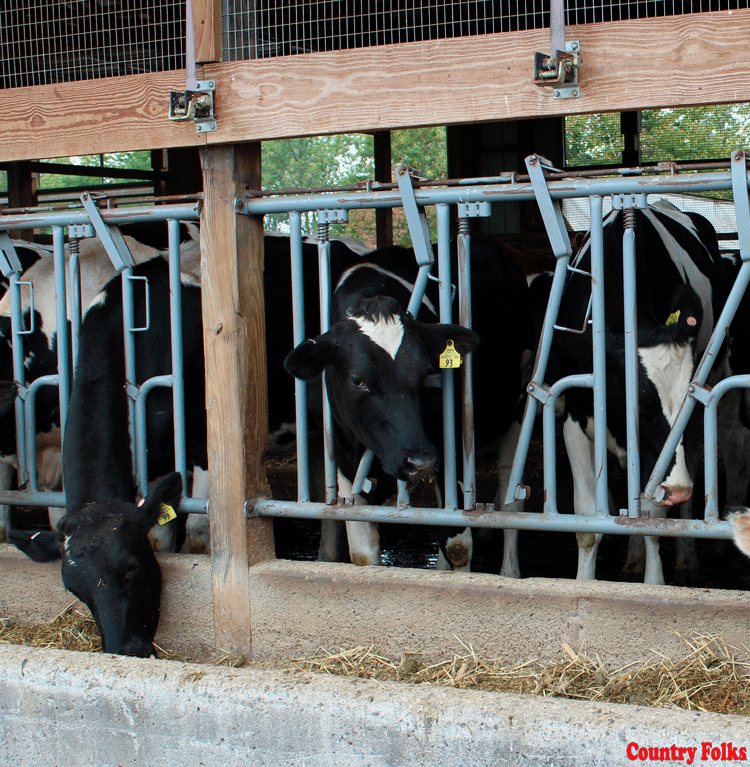
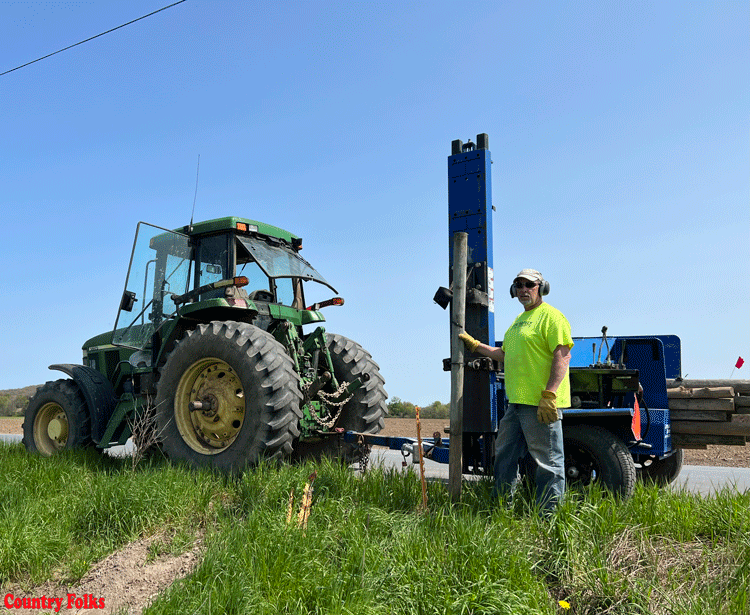
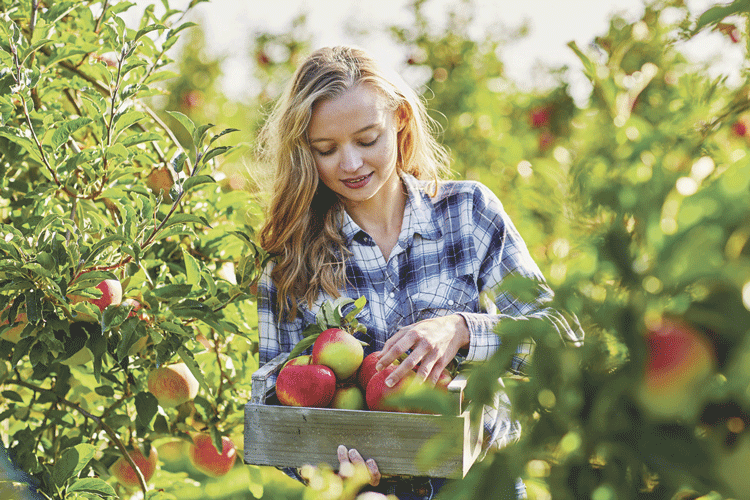
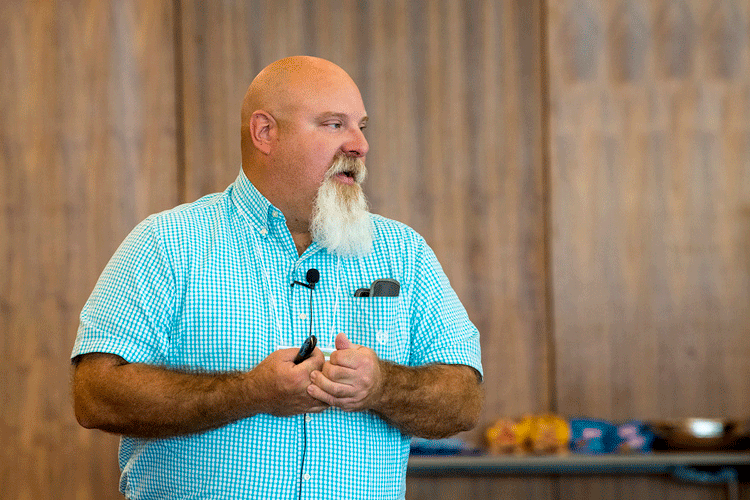
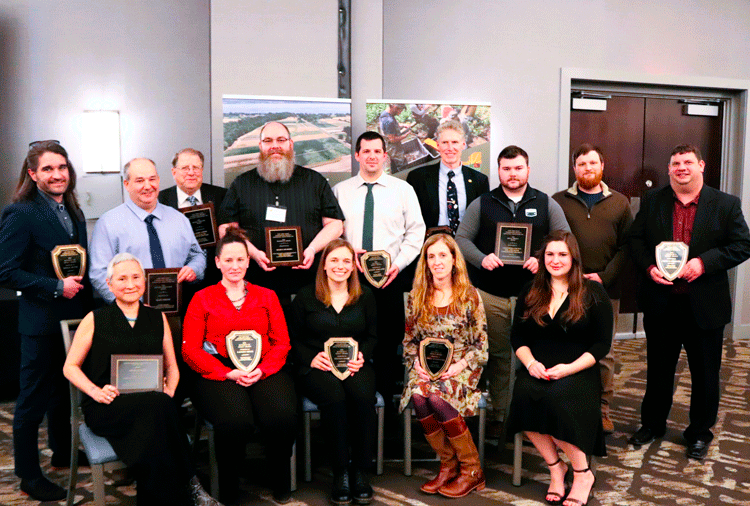

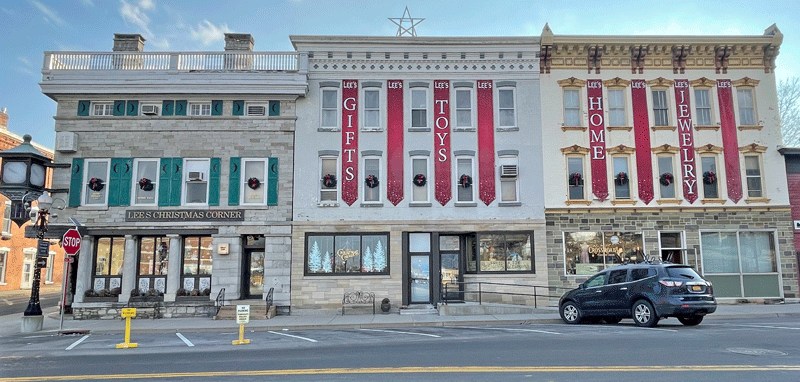



Leave A Comment